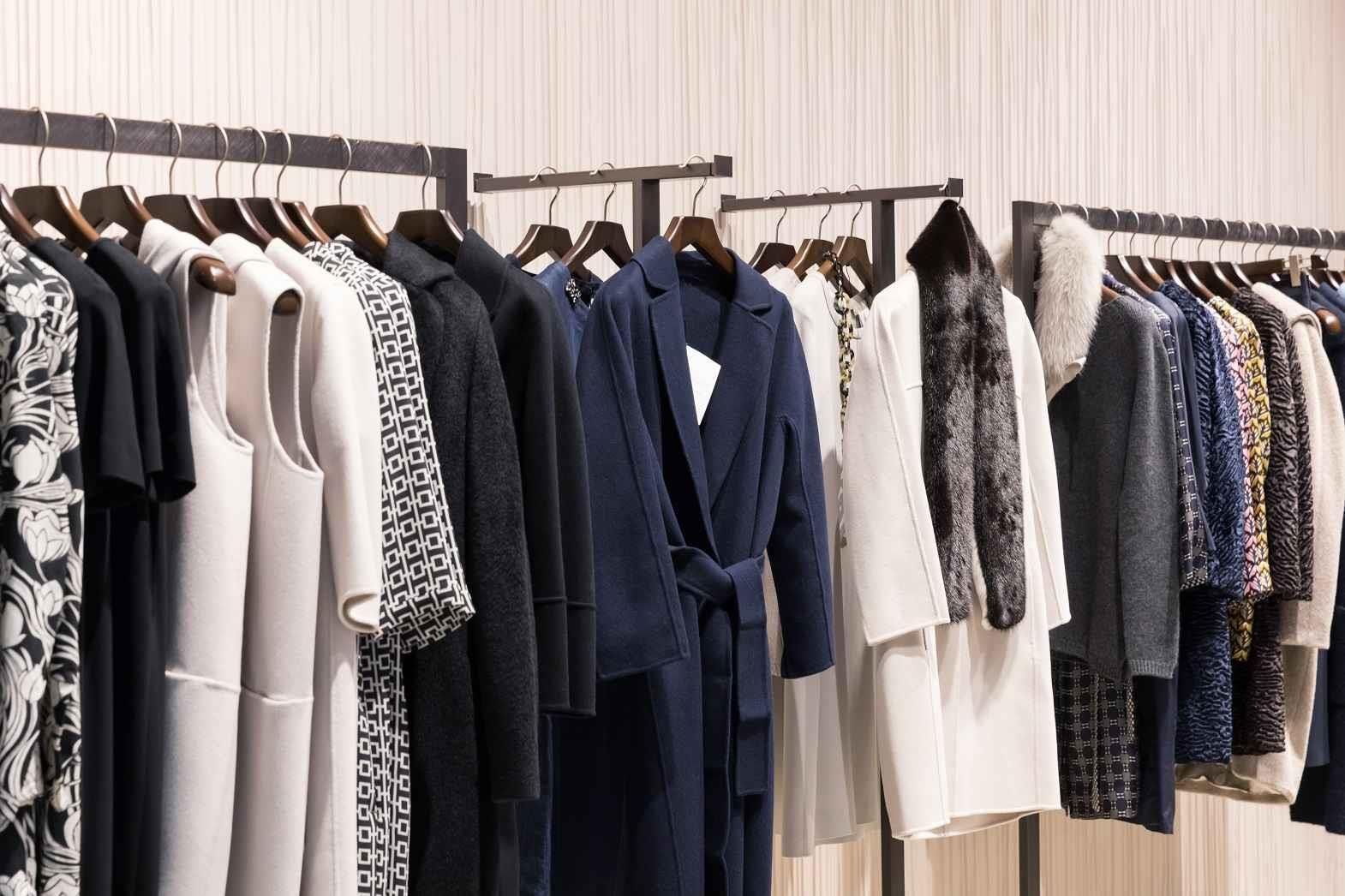Luxury is very subjective and varies from person to person. Even though experts have tried to define it based on price and quality, there's still no common agreement. Essentially, anything expensive in its category can be called a luxury item.
For example, a high-end perfume might be essential for a marketing executive but considered a luxury for someone in a different job.
It's often said that your clothes and shoes can show your status and class. So, people are becoming more conscious about what they wear and what others are wearing.
The standard of living is rising in many countries, especially in developing nations. This means more people can afford expensive designer clothing and accessories.
In some countries, the gap between the rich and the poor is significant, and the wealthy are getting wealthier. This has boosted the sales of luxury brands. In social events and parties, wearing the same outfit more than once can be seen as a status symbol, so there's a constant demand for unique and sophisticated items in this class.
Developing countries are seen as opportunities for luxury brands. For instance, designers like Paris Hilton and Roberto Cavalli opened their exclusive stores in India in 2012 and found success.
A report by Korea Customs Office, in February 2013, stated that there was an increase of 2.93 percent (compared to 2011) in the imports of luxury and branded clothing, handbags, cosmetics, watches etc. In 2012, imports of nonessential goods in South Korea went up to US$ 8.6 billion.
Sales statistics of luxury apparels
The luxury goods market has been on an upward climb for many years. It is expected that the sales of luxury market will be up.
Louis Vuitton has been named the world's most valuable luxury brand. It recorded revenue of €28.1 billion in 2012, an increase of 19 percent compared to 2011. This includes the integration of Bulgaria as of June 30, 2011. Organic revenue growth was 9 percent. The company once again recorded double-digit revenue growth during the year.
The annual sales of luxury brand lingerie brand La Perla rose from €155 million in 2009 to more than €250 million in 2012. Luxury lingerie although is a thing which is not meant for display or show off but women get a feel good factor. According to La Perla Managing Director, Mr. Andrea Bonardi, "It is a product for pure self indulgence that is bought by very sophisticated customers who have already gone through the scale of luxury and look for something more fulfilling from a personal point of view".
There was an increase of 4 percent in the turnover of Roberto Cavalli, an Italian house of luxury apparels. Its total turnover was 185 million euros in the year 2012. A growth of 72 percent was observed in its directly operated stores and 23.4 percent sales growth in mono-brand franchises.
French luxury group Hermes has posted a 16.4 percent rise in 2012 sales. Revenue of Hermes grew 18.5 percent in the last three months of the year, marking acceleration from 15.7 percent growth in the third quarter and 13.4 percent in the second.
Constant changing fashion
Fashion has become a synonymous to change and this is one of the most inspiring factors for the leading players in the luxury garments and accessories sector. There are fashion designers who are round the clock engaged in creating something new and once they create something new and a master piece they make sure that it gets a good publicity and a good market value.
Due to the advancement in technology, textile industries are producing many varieties and shades of fabrics and this has provided apparel designers with more choice to experiment. One successful experiment on a fabric soon becomes a trend and as soon as the other experiment is successful the trend is replaced.
As exclusive and designer garments can be said a luxurious commodity, the people who don them have to keep up with the trend.
Growing Cultural Exchange
Today, people are interested in knowing about other cultures all around the world. People celebrate all the festivals with enthusiasm. The western party culture has got space in the upper class of Indian society. The demand of fancy and luxurious western gowns goes up during the wedding and Christmas season India.
Similarly, many saree traders in India have been exporting the Indian national dress in bulk to UK, USA, South Africa and certain Gulf countries. There is demand for rich and expensive sarees out of India.
Rise in income levels, constantly changing fashion trends and increased influence of other cultures has led to an increase in demand for branded and expensive clothing in the market. With the sales statistics of many luxury brands indicating a growth, there is huge scope of expansion. The international 'Luxury Bazaar' is blossoming and the leading players are expecting a better and fruitful year ahead.
References:
-
Rediff.com
-
Timesofindia.indiatimes.com
-
Bain.com
-
Wikipedia.org
-
Cpp-luxury.com








Comments